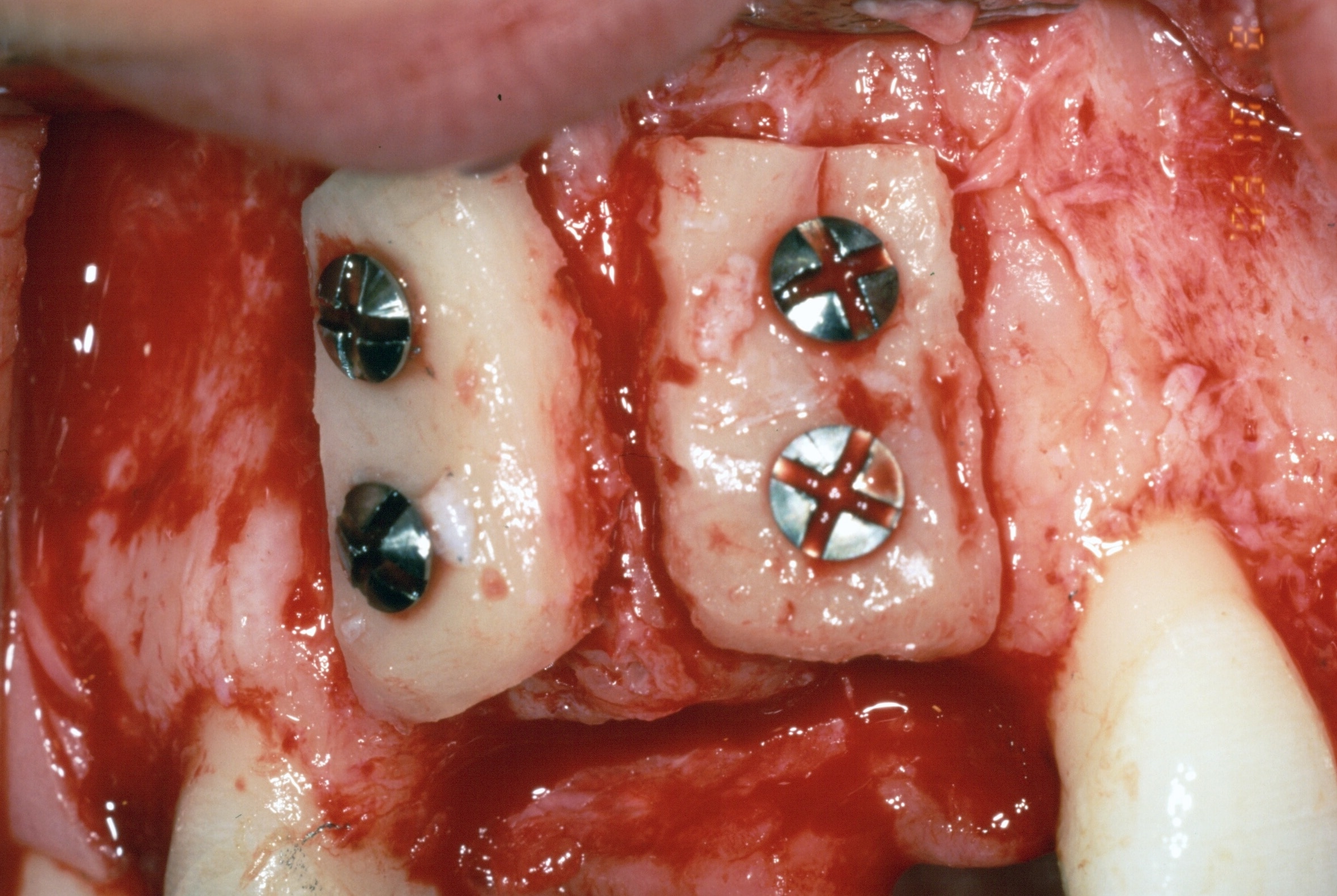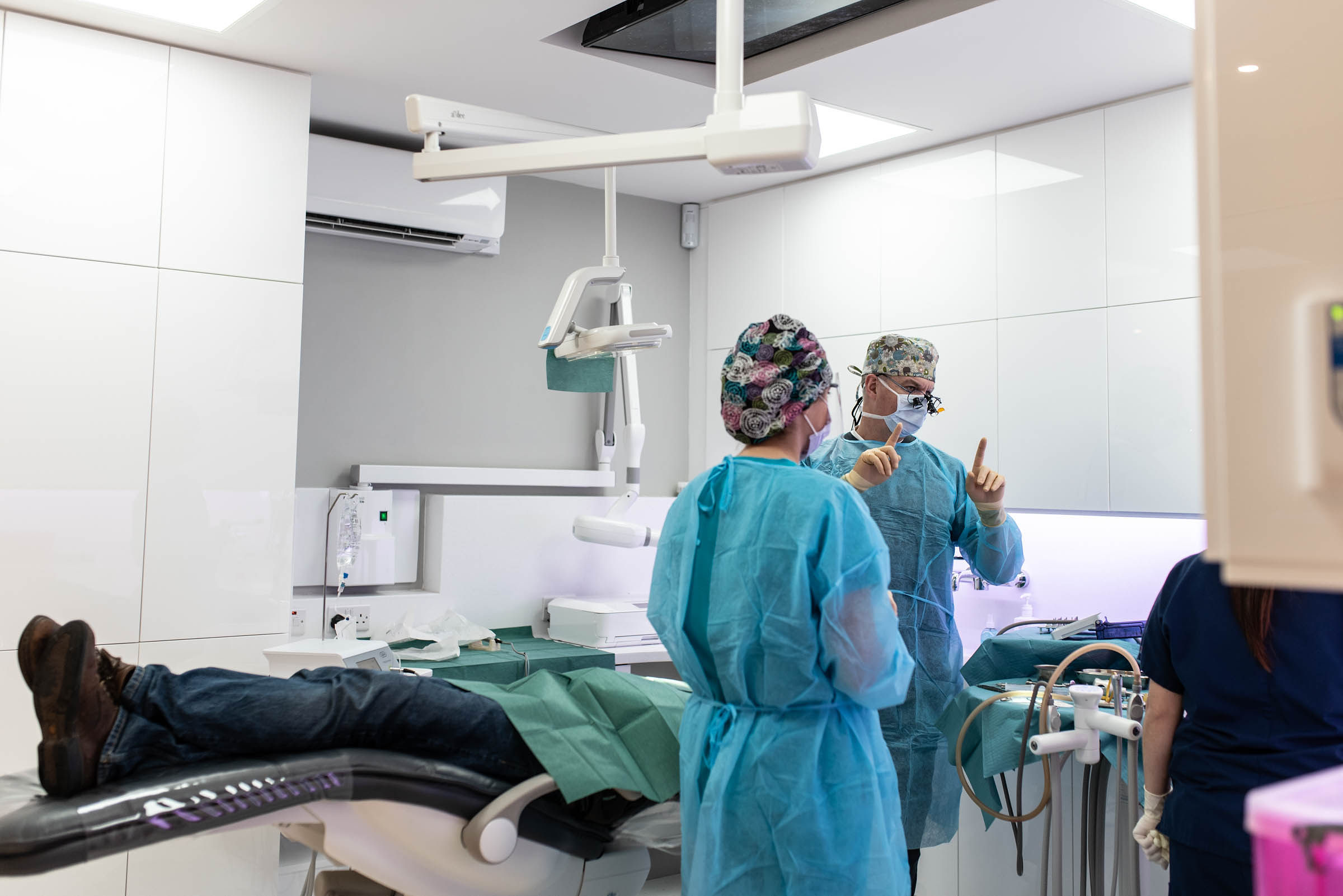When more bone is required to make the placement of an implant possible
Although not everyone’s preferred choice, when there is a lack of sufficient bone volume, bone grafting could be considered.



Bone grafting surgery is sometimes required to add to the existing volume of bone. This will only be necessary when the existing bony dimensions are not enough to make the placement of a dental implant possible. There are many different techniques and materials available in this category. A thorough examination is needed to determine the need for additional bone as well as the most suitable method and materials to use.
Bone Grafting
When teeth are lost, the underlying bone (alveolar bone) is likely to resorb (shrink) both vertically and horizontally. The alveolar bone supports the teeth and when it no longer receives stimulation from forces on the teeth, it tends to melt away. Areas with teeth that have been missing for a long time, and/or have been prosthetically replaced with removable dentures, will often have so much bone resorption that there is not enough remaining to be able to place implants of adequate size.
Similarly, teeth that have been lost due to advanced periodontal disease (gum disease), will often have experienced so much bone loss that there is not enough bone remaining for implants to be placed. Bone defects from root canal infection, fractured teeth, trauma, or difficult tooth removal may also create a situation where bone needs to be augmented (replaced by means of grafting) for implant placement to be accomplished.
Bone Grafting Materials
There are many types of bone graft materials currently available and research promises more to come. Some surgeons may elect to use a patient’s own bone, harvesting it from nearby areas, sections of the patient’s lower jaw, or harvesting it from the knee or hip (both of which have readily available and large amounts of bone available).
Other commonly used types of bone are derived from bovine bone that has been processed to remove protein and acts as a stimulus for the body to replace it with new bone. Human cadaver (allograft) bone can also be used, as well as several forms of synthetics.
To read more about bone grafting surgery, please visit www.osseo.org
 Dentist Referral Form
Dentist Referral Form
 Dentist Referral Form
Dentist Referral Form 